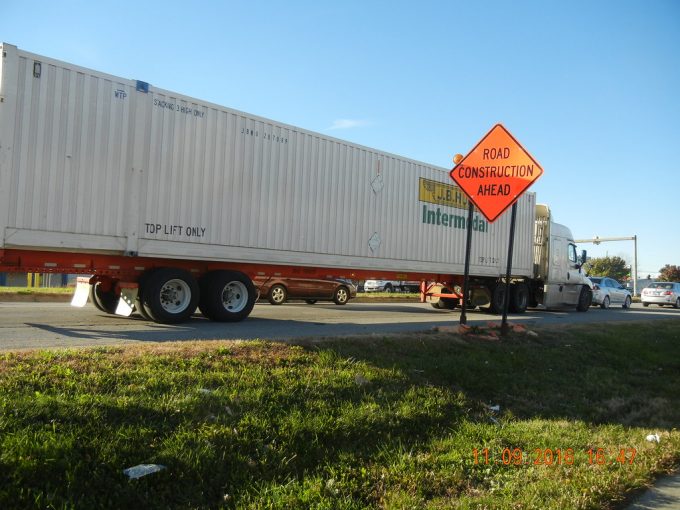Lean and mean JB Hunt sparkles, surges, but value!?
Keep searching

One of the largest overland freight transport providers in the US, JB Hunt, has entered the freight forwarding sector after receiving an NVOCC licence from the Federal Maritime Commission (FMC).
According to ocean recovery expert Steve Ferreira, founder of Ocean Audit, JB Hunt was awarded its ...
Keep our news independent, by supporting The Loadstar
Red Sea crisis has driven most new capacity into extended Asia-Europe trades
Rapid transpacific capacity build-up continues – can USWC ports handle it?
Carrier price hikes hold, driving spot rates higher as space gets scarcer
Crew forced to abandon ship in latest fire on vessel carrying EVs
The Loadstar Podcast | Transport Logistic and Air Cargo Europe 2025
Carriers on the hunt for open tonnage again as transpacific rates soar
Uncertainty drives Yang Ming fleet boost as focus switches to Asia-Europe trades
Asia-West Africa ULCV deployment opens new markets for carriers
Project cargo: oversized and heavy, posing risks outside the norm for ports
Turkish Airlines falls foul of air safety regulations, claims India's aviation authority

Comment on this article